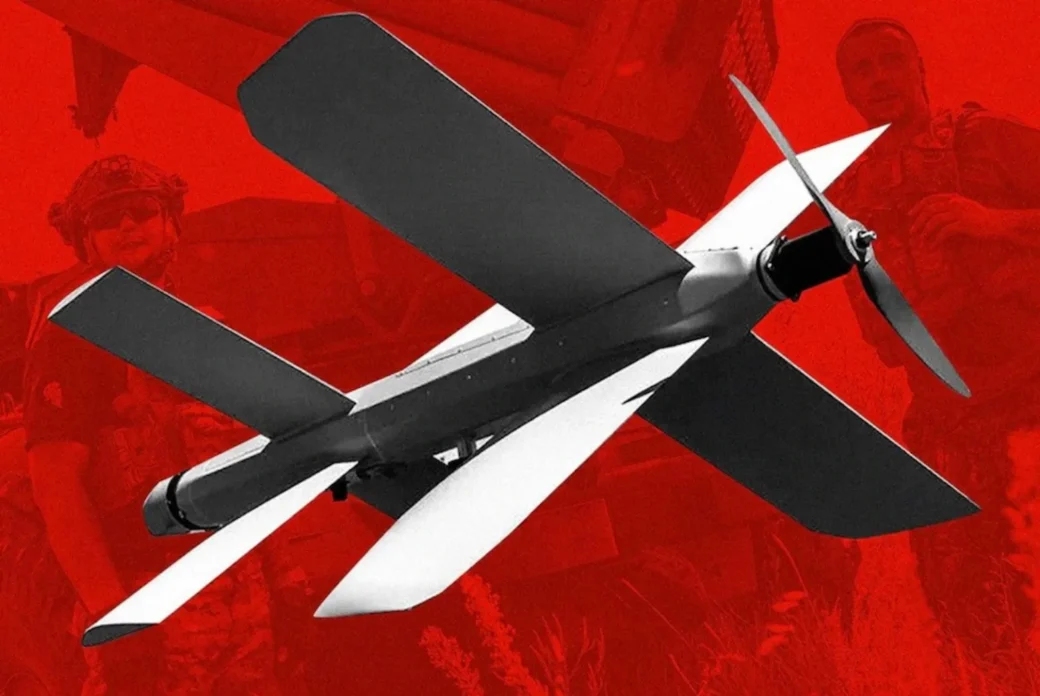Russia’s use of Nvidia’s TX-2 AI module in its Lancet-3 drone shows US not doing enough to stop proliferation of its top-end dual-use tech

Russia’s use of Nvidia’s TX-2 AI module in its Lancet-3 drone shows US not doing enough to stop proliferation of its top-end dual-use tech
When the Ukrainians have taken apart Russian weapons, they have found them stuffed with Western electronics, mainly American.
This applies to Russia’s highly successful Lancet Kamikaze drone, also known as a loitering munition.
Nvidia describes the Jetson TX-2 as “the fastest, most power-efficient embedded AI computing device. This 7.5-watt supercomputer on a module brings true AI computing at the edge. It’s built around an NVIDIA Pascal™-family GPU and loaded with 8GB of memory and 59.7GB/s of memory bandwidth. It features a variety of standard hardware interfaces that make it easy to integrate it into a wide range of products and form factors.”
(GPU stands for Graphical Processing Unit. NVIDIA Pascal is a microarchitecture implemented on its GPUs.)
Nvidia has already moved on to a newer module called the Jetson Xavier NX,a much more powerful AI module. Nonetheless, the Jetson TX-2 remains available and will be until 2028, according to Nvidia.
Nvidia’s AI modules are based on highly advanced manufacturing techniques. The critical AI integrated circuit is made in Taiwan but the entire Jetson TX-2 module is assembled in China at BYD Huizhou, with a second source in Taiwan at Foxconn in Taoyuan.
The module contains a number of integrated circuits and looks like this:
Some of the other components on the TX-2 module come from different places, including China and South Korea. Other American and European products show up in the Lancet series and in drones from Iran.
One especially important component is the U-Blox Lea-m8s-0-10 GPS navigation system. This device can receive navigation signals from the US GPS system, Europe’s Galileo GPS, Russia’s Glonass and China’s Beidou.
Many cell phones can also do this (though usually not Galileo). What makes the U-Blox special, according to experts who have experience dealing with the Lancet, is that it is both jam and spoof-resistant, meaning it is hard to try and break off the GPS lock guiding the weapon. U-Blox is made in Switzerland.
To be clear, neither Nvidia nor U-Blox has violated any law by selling these products. The chips go into distribution systems where they are sold to end-users. From there, they wind up in Russia or China or Iran.
Washington has tried to take action over the spread of AI chips to China but that has meant in practice urging companies not to transfer manufacturing know-how to China nor to transfer sensitive AI software.
There is little evidence, however, to show that Washington has been able to control the loss of key components such as the Jetson TX-2. If strong action isn’t taken, the Russians, Chinese and Iranians will continue to be able to use the latest AI modules for military and commercial applications.
Part of the reason is that manufacturing for AI products is mostly offshore from the United States. This means that high-level cooperation is essential.
It also means that the US faces significant risk should AI chip production, especially in Taiwan, be cut off either by war, blockade or simply because of a natural disaster. (Taiwan is prone to earthquakes.)
Efforts are now underway to build new advanced chip foundries in the US, which will be a real help in the future. Even so, it will be years before these really come online and Taiwan will continue to manufacture for US companies because TSMC and other Taiwan companies are competitive and highly capable.
For political reasons, the Biden administration is not enthusiastic about leveraging US chip companies. The Chips Act,wherein the US is providing massive subsidies, is supposed to help reestablish US manufacturing. That by itself is a good thing but it does not deal with the proliferation of AI electronics abroad, especially to China. Unfortunately, the regulatory apparatus in the United States, particularly when it comes to DEI (diversity, equity and inclusion), has hindered the rapid use of chips act founds.
Russia does not have a DEI problem, although it lacks private investment for its chips industry. In fact, in the bigger picture, Russia’s Achilles heel is its lack of microelectronics manufacturing infrastructure. This came about because Russia was not part of the Western microelectronics revolution.
During the Soviet period, either Russia tried to develop its own electronics in closed cities such as Zelenograd or it offloaded some of the manufacturing to Eastern Europe, especially the German Democratic Republic (GDR), aka East Germany.
Like Russia, the East Germans and others in the Warsaw Pact were mostly isolated from developments in the US.
In the future, Washington has to find effective ways to control AI technology or face the consequences. The Bradleys and Abrams that are knocked out by Russia’s Lancets in Ukraine represent a real military problem that badly needs attention.
Stephen Bryen served as staff director of the Near East Subcommittee of the US Senate Foreign Relations Committee and as a deputy undersecretary of defense for policy.
This article was first published on his Weapons and Strategy Substack and is republished with permission.



